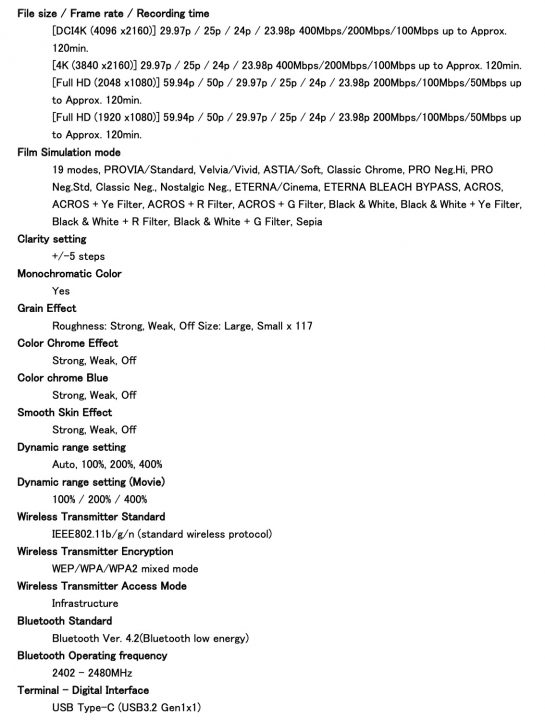Ed Hurst
Well-known member
I posed this question a while ago, when they were first launching a 100MP camera but it was probably too early then for anyone to have hard evidence/experience to answer it fully. With another thread suggesting a low-ish price for their new 100MP model, thought it might be a good moment to pose this again.
I would be very interested indeed to see test shots illustrating the high ISO noise and DR performance of the sensor in a Fuji 100MP camera. My 645Z does extremely well for astro shots, but if the noise were better on this body (or even just as good at a pixel level, making it better at any given print size, given the higher resolution), that would be most interesting.
Does anyone have test images, experience, etc. to answer this? And if you believe it's better, do you mean better at a given output size or better at pixel level?
All the best,
Ed
I would be very interested indeed to see test shots illustrating the high ISO noise and DR performance of the sensor in a Fuji 100MP camera. My 645Z does extremely well for astro shots, but if the noise were better on this body (or even just as good at a pixel level, making it better at any given print size, given the higher resolution), that would be most interesting.
Does anyone have test images, experience, etc. to answer this? And if you believe it's better, do you mean better at a given output size or better at pixel level?
All the best,
Ed
Last edited:





